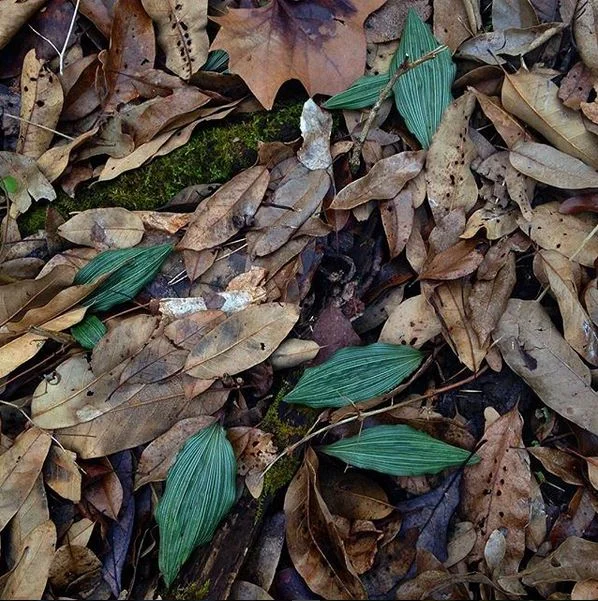Fall is here and the asters are out in force. Their floral displays are some of the last we will see before the first fall frost takes its toll. Their beauty is something of legend and I could sit in a field and stare at them for hours. In doing so, an interesting pattern becomes apparent. Have you ever noticed that the disc flowers of the many aster species gradually turn from yellow to red? Whereas this certainly correlates with age, there must be some sort of evolutionary reason for this.
Indeed, there is. If you sat and watched as bees hurriedly dashed from plant to plant, you may notice that they seem to prefer flowers with yellow discs over those with red. The plot thickens. What about these different colored discs makes them more or less appealing to bees desperately in need of fuel? The answer is pollen.
A closer observation would reveal that yellow disks contain more pollen than those with red discs. Of course, this does relate to age. Flowers with red discs are older and have already had most of their pollen removed. In this way, the color change seems to be signaling that the older flowers are not worth visiting. Certainly the bees notice this. But why go through the trouble of keeping spent flowers? Why not speed up senescence and pour that extra energy into seed production?
Well, its all about cues. Bees being the epitome of search image foragers are more likely to visit plants with larger floral displays. By retaining these old, spent flowers, the asters are maintaining a larger sign post that ensures continued pollinator visitation and thus increases their chances of cross pollination. The bees simply learn over time to ignore the red disc flowers once they have landed. In this way, they maximize their benefit as well.
Further Reading: [1]







